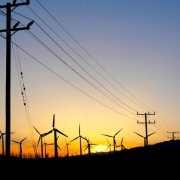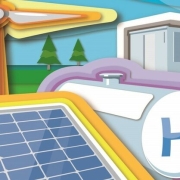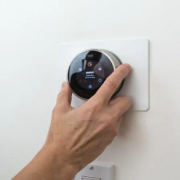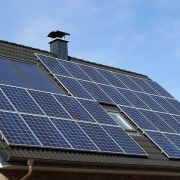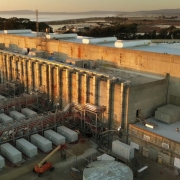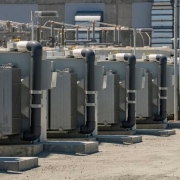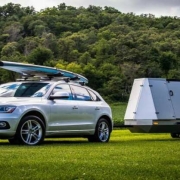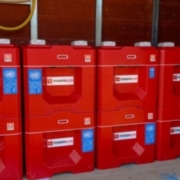In June 2021, the CPUC approved an 11.5 GW procurement package of clean energy resources to come online between 2023 and 2026, in order to replace the then-planned retirement of the 2.2-GW Diablo Canyon nuclear plant as well as a series of natural gas plants slated to retire. Regulators ordered power providers to bring online 2 GW of resources in 2023, another 6 GW in 2024, and installments of 1.5 GW and 2 GW in 2025 and 2026, respectively.
However, circumstances have changed since that initial order was approved, regulators say. New forecasts point to increasing electric demand, beyond what regulators initially anticipated, likely due to extreme weather, a greater expected increase in electric vehicles, higher usage of air conditioning, and electrification of the built environment. At the same time, California expects to have less access to imported electricity from its neighboring states, as they face similar trends.
Click here to read the full article
Source: Utility Dive
—
If you have any questions or thoughts about the topic, feel free to contact us here or leave a comment below.

